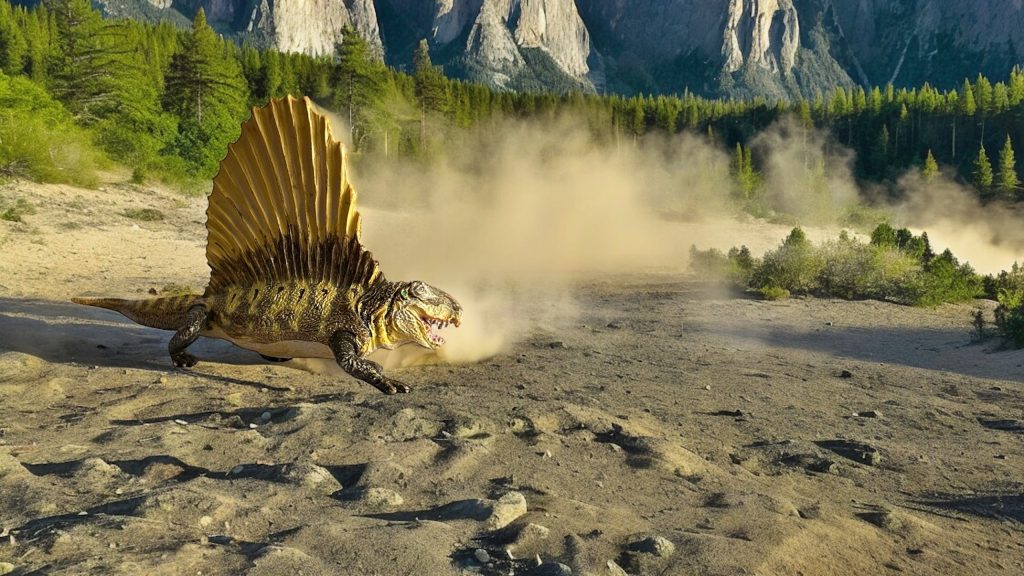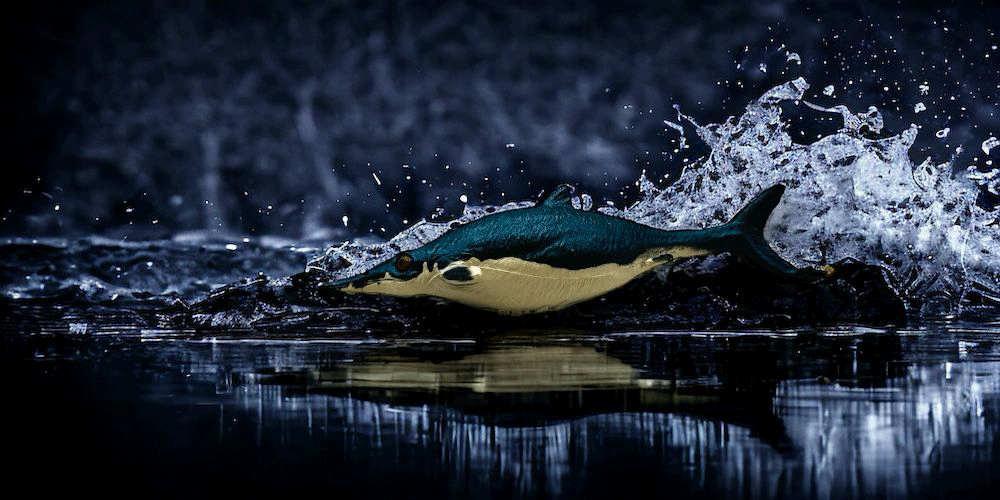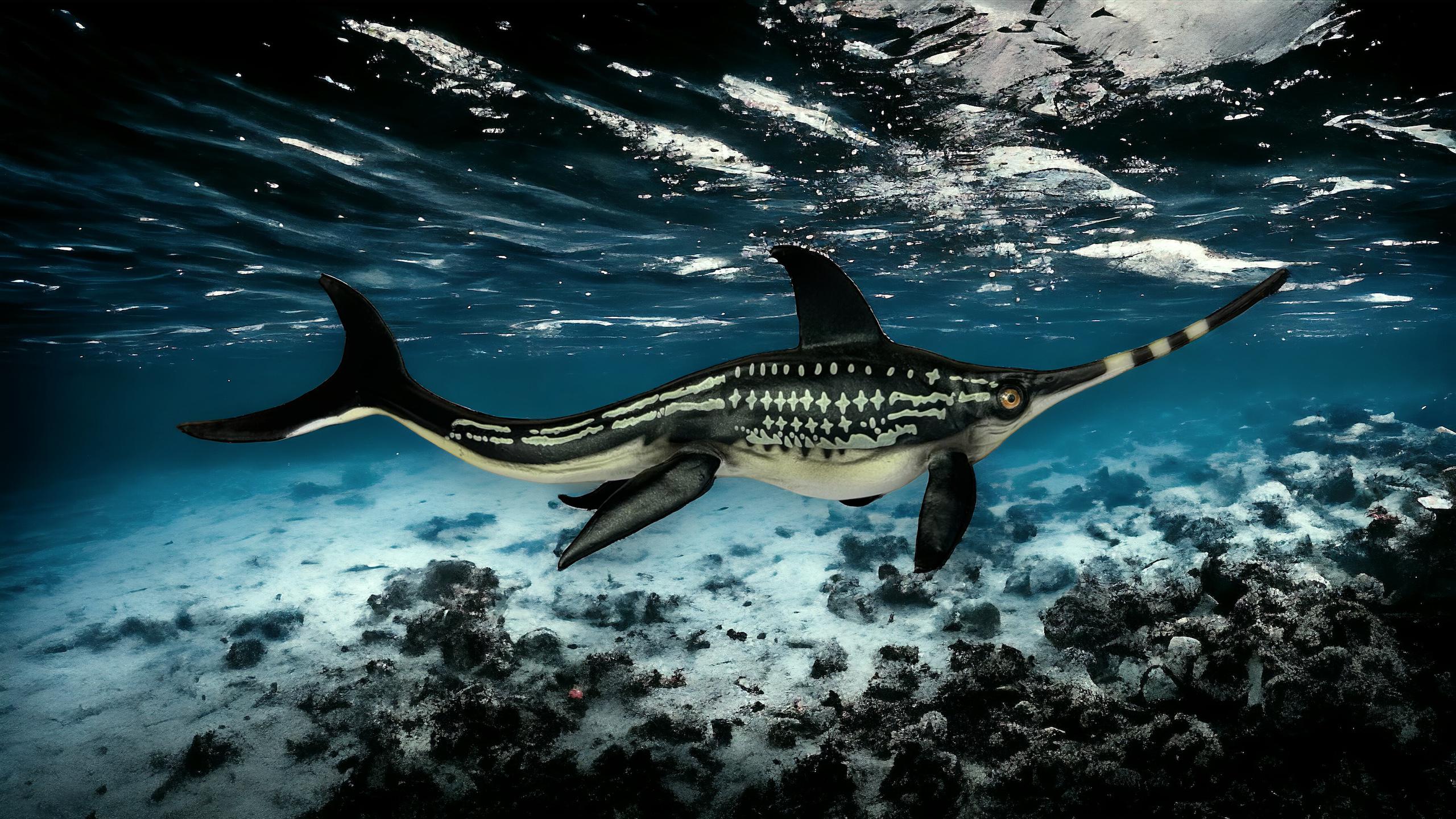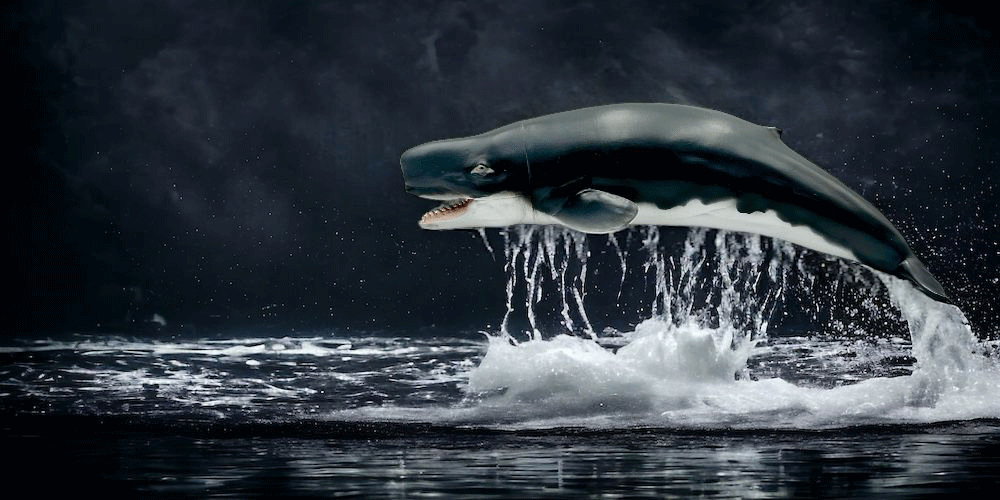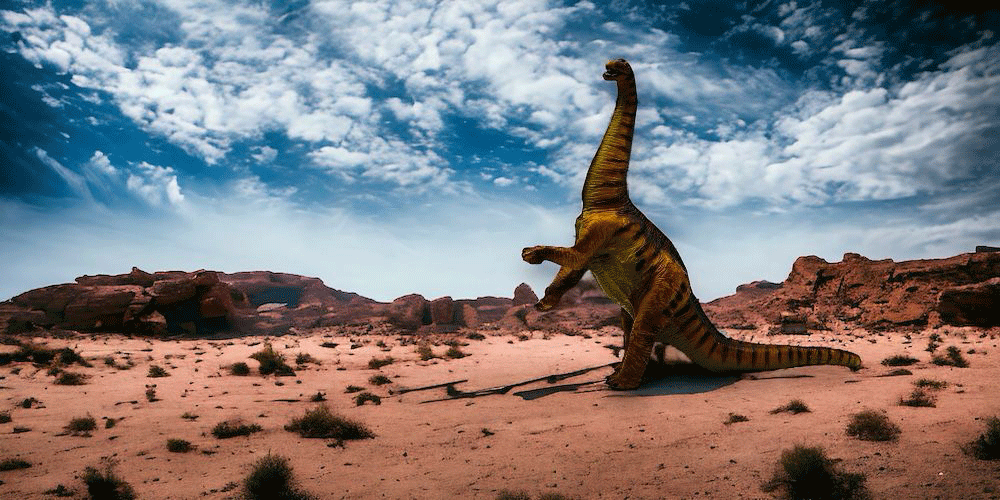Dimetrodon: The Supreme Predator Before the Dinosaurs
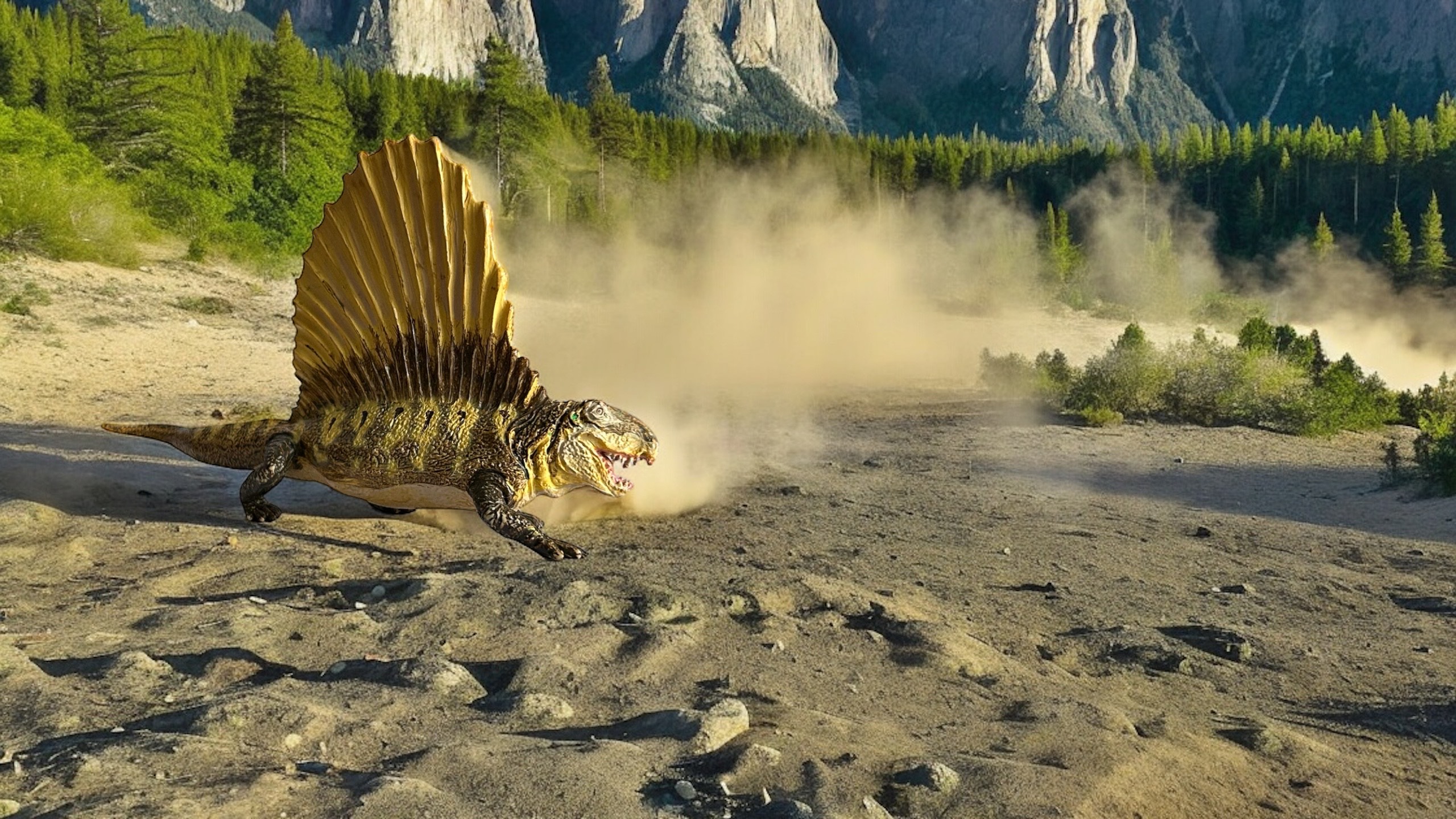 Dimetrodon Figure by Safari Carnegie.
Dimetrodon Figure by Safari Carnegie.Dimetrodon: The Supreme Predator Before the Dinosaurs
When we think of prehistoric predators, dinosaurs often come to mind first. However, long before dinosaurs ruled the Earth, Dimetrodon was the king of its ecosystem. This impressive carnivore, easily recognizable by its large sail-like structure on its back, lived during the Early to Middle Permian period, around 295-272 million years ago.
Interestingly, despite being frequently included in dinosaur collections, Dimetrodon was not a dinosaur. It actually belonged to a group called synapsids, making it more closely related to modern mammals than to dinosaurs.
In this article, we will explore the true history of Dimetrodon, its impact on paleontology, and its presence in the world of collectibles.
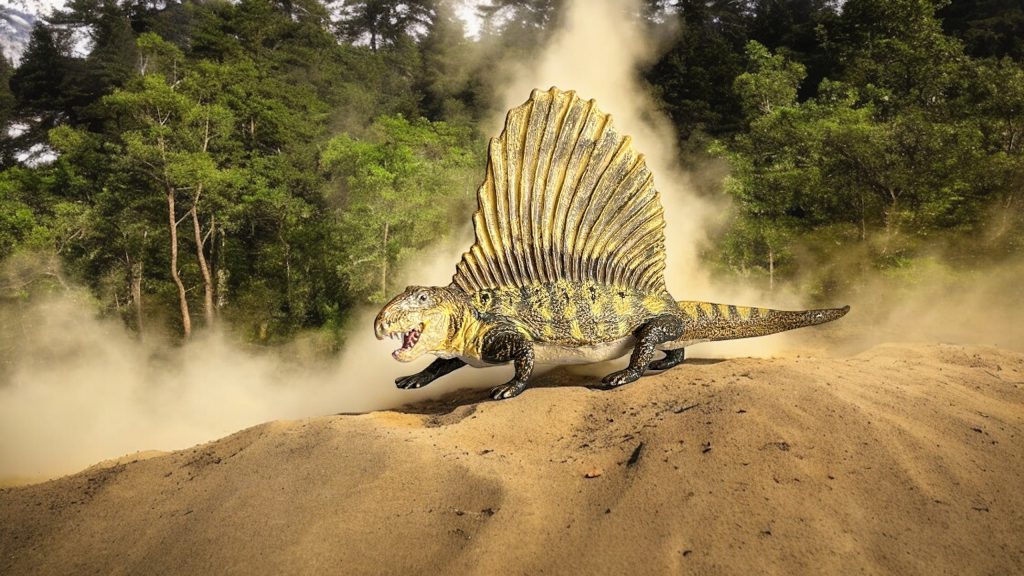
Discovery and Name Meaning
The first Dimetrodon fossils were discovered in 1878 in Texas, USA, by the famous paleontologist Edward Drinker Cope, who also played a major role in the infamous «Bone Wars.»
The name «Dimetrodon» means «two-measured tooth,» referring to the difference in size between the front and back teeth in its jaw. This variation in tooth size is an advanced feature that later appeared in mammals, reinforcing the idea that Dimetrodon was more closely related to mammals than to dinosaurs.
Since its discovery, multiple species of Dimetrodon have been identified, some larger than others and with variations in the shape of their dorsal sail.
Physical Characteristics and Adaptations
Dimetrodon was one of the top predators of its time, with a combination of speed, strength, and unique adaptations that made it a lethal hunter.
- Length: Approximately 3-4.6 meters (10-15 feet).
- Weight: Between 200 and 250 kg (440-550 lbs).
- Strong skull with sharp teeth: Perfect for tearing through flesh.
- Four sturdy limbs: Allowed it to move efficiently on land.
- Dorsal sail: Its most iconic feature, made up of elongated spines extending from its vertebrae.
The function of its dorsal sail is still debated. Some scientists believe it was used for thermoregulation, helping Dimetrodon absorb heat quickly in the morning and release it in the evening. Others suggest it was used for display purposes, possibly for attracting mates or intimidating rivals.
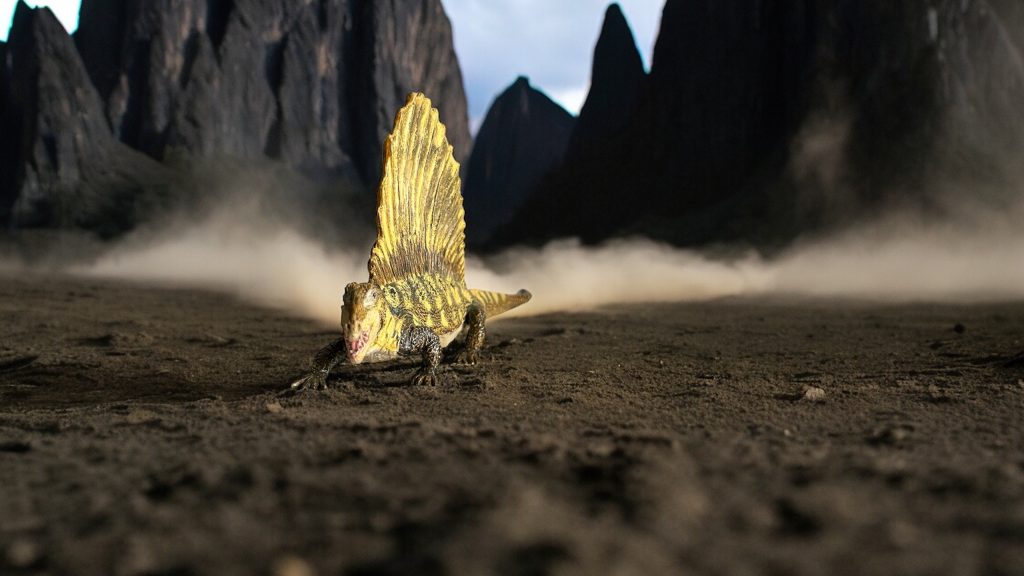
Dimetrodon in Collectible Figures
Although not a dinosaur, Dimetrodon is a staple in prehistoric figure collections. Its distinctive design and evolutionary significance have made it widely represented.
In my collection, I own the Safari Carnegie Dimetrodon, a truly impressive piece that reflects the majesty of this prehistoric predator.
My Dimetrodon Figure: Safari Carnegie
- Large and well-detailed: This figure captures the essence of the real Dimetrodon, with a firm and natural stance.
- Yellow coloration with dark spots: Perfect for imagining it in a sunny, arid environment, as suggested by fossil evidence.
- Simple but effective pose: While not the most dynamic, it represents how I imagine Dimetrodon in its natural habitat.
- Textured skin and well-defined sail details: These features add realism, making it a standout figure in any collection.
This is a must-have for any collector, as it represents a crucial period in Earth’s prehistoric history.
Habitat and Lifestyle
Dimetrodon lived in a world vastly different from that of the dinosaurs. During the Early to Middle Permian period, the Earth was characterized by vast deserts and swampy regions, with warm and dry climates.
- Environment: Semi-arid regions with seasonal lakes and rivers.
- Diet: A dominant carnivore that preyed on amphibians, reptiles, and possibly scavenged carcasses.
- Apex Predator: Had no direct competition in its ecosystem, making it the top hunter of its time.
The fact that it disappeared long before dinosaurs evolved shows how dynamic evolution is, with entire ecosystems shifting over time.
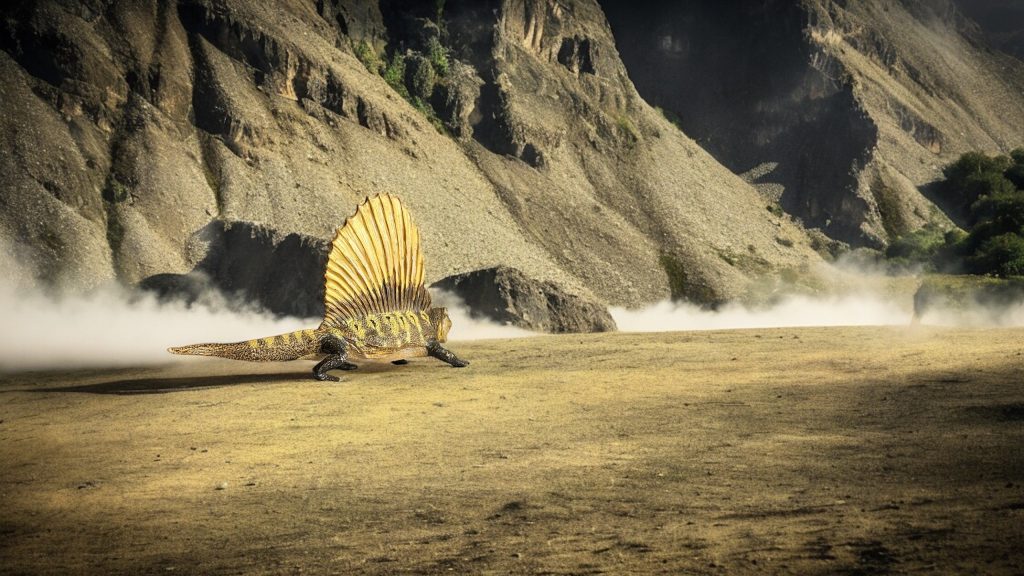
An Icon of Prehistory Beyond the Dinosaurs
Dimetrodon is one of the most recognizable prehistoric creatures, and its frequent inclusion in dinosaur collections is a common mistake—but an understandable one.
This predator serves as a reminder that Earth’s prehistoric history extends far beyond just dinosaurs, and that creatures like Dimetrodon played a crucial role in shaping early terrestrial ecosystems.
A Must-Have for Prehistoric Collectors
For fossil enthusiasts and prehistoric collectors alike, Dimetrodon is an essential figure.
The Safari Carnegie version is one of the best representations, featuring impressive detailing, natural coloration, and an accurate stance based on real anatomy.
If you’ve ever wondered what ruled the Earth before the dinosaurs, this predator is the answer, and it certainly deserves a special place in any collection.
The Supreme Predator Before the Dinosaurs
Before dinosaurs became the dominant giants of the Mesozoic, Dimetrodon already ruled the Permian ecosystems.
While often mistaken for a dinosaur, its role in the evolution of terrestrial predators is undeniable, helping us understand the transition from primitive reptiles to early mammal-like creatures.
If you ever get the chance to add a Dimetrodon to your collection, don’t hesitate—this prehistoric hunter is a key piece in Earth’s evolutionary history.
